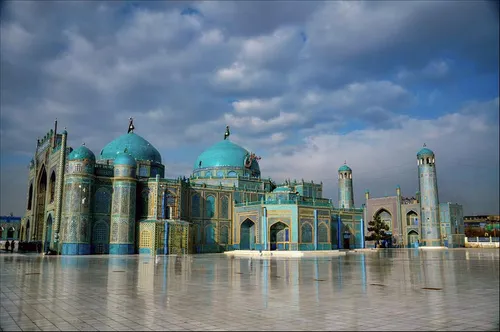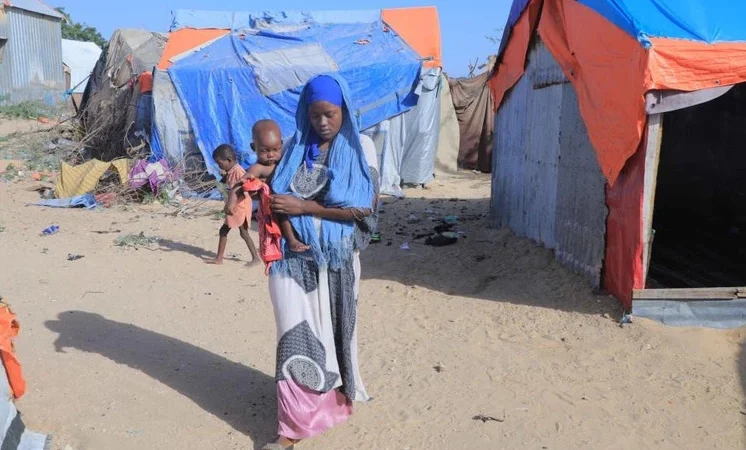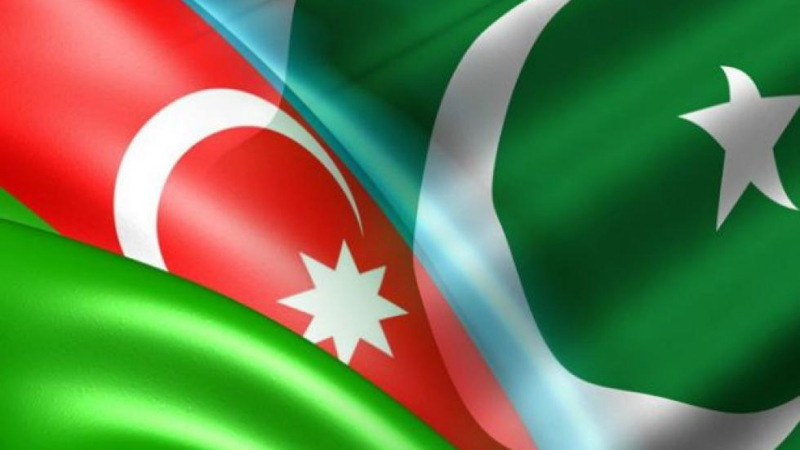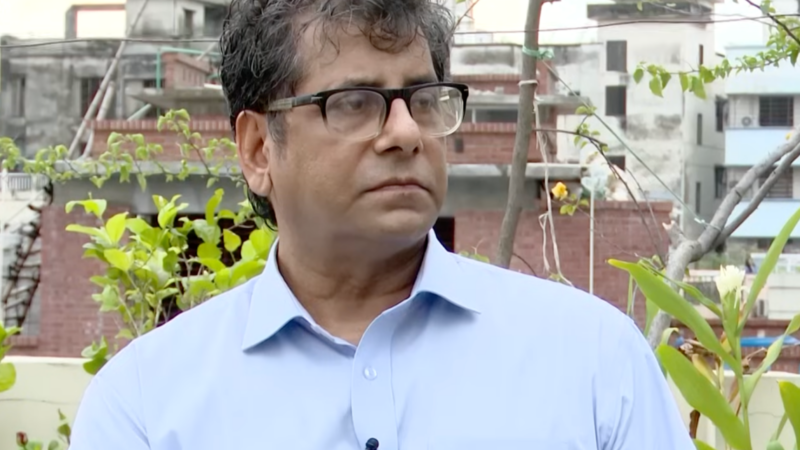Why are so many Afghans resisting the term’s connotation with terrorism, Khorasan?

Gunmen attacked Moscow’s Crocus City Hall concert venue in March, killing 137 people. The four suspects were purportedly aligned to the militant terrorist organisation Islamic State-Khorasan (IS-K).
IS-K is an affiliate of the Islamic State militant group and seeks to create a territorially unbound caliphate. Its militants have launched violent attacks in Afghanistan, especially on ethnically Hazara Shia Muslims, as well as on high-profile targets in Iran and Pakistan. The group’s deadly attacks have ensured that the term Khorasan is now globally associated with Islamist militancy.
Khorasan is often translated from Persian as “there where the sun rises”. It refers to a geographical region spanning parts of Iran, Afghanistan, and the five post-Soviet states of Central Asia. Historically, cities across the region played a pivotal in Khorasan’s dynamics – culturally and politically.For IS-K militants, Khorasan’s symbolic power is derived from the region’s importance to the emergence of one of the great Muslim dynasties, the Abbasid caliphate, in the 8th century. Yet Islamists are not the only group active in Afghanistan and the wider region to have gained inspiration from Khorasan’s history in recent years.
For much of the past two decades I have conducted research in Afghanistan and among the country’s diaspora in Asia, Europe and North America. I have met men and women from the country who are deeply attached to the idea of Khorasan and think it is relevant to Afghanistan’s future.
These intellectual-activists, who are mostly Persian-speakers from north and central Afghanistan, imagine Khorasan in ways that are strikingly different from those of IS-K militants. They think of Khorasan as a historic locus of cultural and intellectual sophistication, creativity and innovation, and religious and cultural tolerance.
They define Khorasan’s culture in relation to several key aspects. The most prominent among them is the Persian language. Persian, they argue, is the region’s lingua franca and has enabled cross-cultural communication between diverse peoples over centuries.
In stark contrast to IS-K, they also focus on Khorasan’s history of religious pluralism. This is something that manifested in the historic presence of Jewish, Hindu, Sikh, Christian and Zoroastrian populations across the region. For many of the activists, indigenous forms of Islam have nurtured religious pluralism rather than treating it as a threat.
Imagining Khorasan is, above all, an intellectual pursuit. Living in cities across Europe and North America, many of the activists organise public events where they present their ideas in speeches. And they disseminate their thoughts, mostly in Persian, in essays posted on social media and in books often published in Iran.
Poetry is also used to express the yearning for a shared Khorasani identity for people living across the region. As one line of a popular poem goes: “Kabul, Kulab and Tehran, I am a Khorasani”.
But their activities are also having an effect on the identities of people from Afghanistan. For example, a song performed by celebrated Afghan singer Sediq Shabab alongside a woman from Tajikistan concludes: “without doubt, we are Khorasanis”.
In Afghanistan and beyond, men and women increasingly adopt Khorasan as a pen name, and some use it to market their businesses. The sense of being Khorasani is also materialised in particular styles of women’s clothing, said by those who wear them to be distinct from dresses traditionally marketed in the diaspora as “Afghan”.
Relevance to Afghanistan today
Those who see Khorasan as relevant for the future of Afghanistan are often criticised in Afghanistan and among the diaspora. They are depicted either as ethno-nationalists or as people living comfortable lives in the west more interested in romanticising the past than addressing the crises facing Afghanistan’s people, including calamitous flooding connected to climate change.
For the activists, however, engaging with the history, culture and geography of Khorasan is of vital importance. Doing so challenges the perception of Afghanistan as a site of fundamentalist Islam and unchanging tribal customs.
It acts as a counterpoint to the symbolic deployment of Khorasan by IS-K, too. As a result, it carries the potential of reversing the country’s cultural and political isolation.
Debates about history, geography and culture are also playing a particularly prominent role in the politics of Afghanistan today. Despite the emphasis placed on “nation-building” during the early years of the 2001–2021 international intervention in Afghanistan, ethnic tensions in the country intensified.
Then, in 2021, the Taliban returned to power. Since then, states and international organisations have been unwilling to hold the Taliban administration to account for human rights abuses, especially against women.
Against this backdrop, people in Afghanistan and the diaspora calling for the establishment of an inclusive government or for greater political recognition for specific ethno-linguistic communities, have increasingly sought to frame and legitimise their ideas by referencing an imagined past.
Attempts to imagine Afghanistan as part of an interconnected, plural and culturally vibrant region can easily be dismissed as wishful thinking. They can also be treated as an expression of divisive ethnic politics.
But the state of thinking about Afghanistan and the wider region is narrow and lacks ambition. Within this context, recognising the underlying desire for human dignity, cultural recognition and political visibility encapsulated by these expressions of historical imagination is more important now than ever before.






